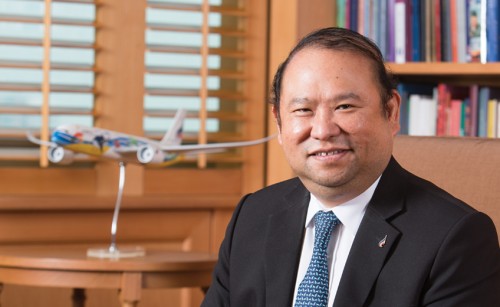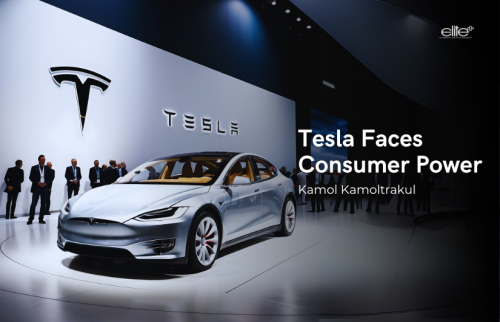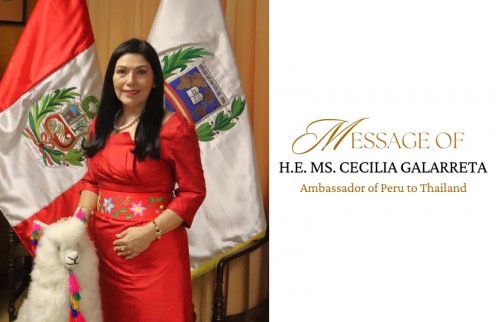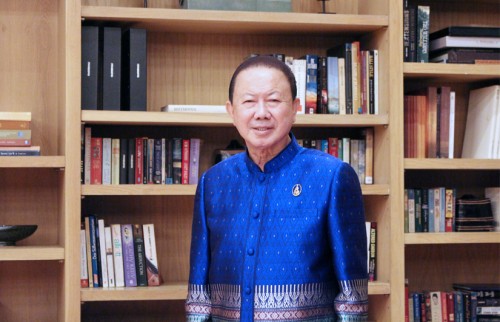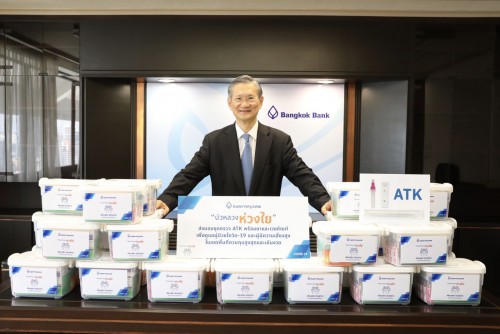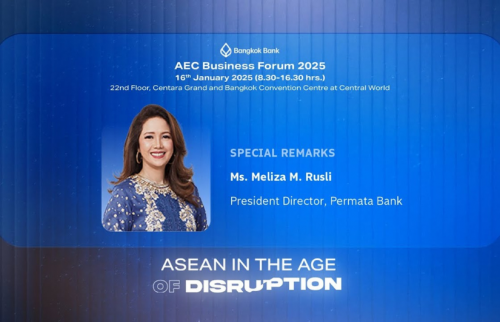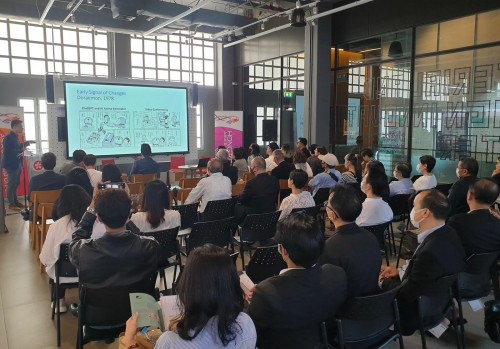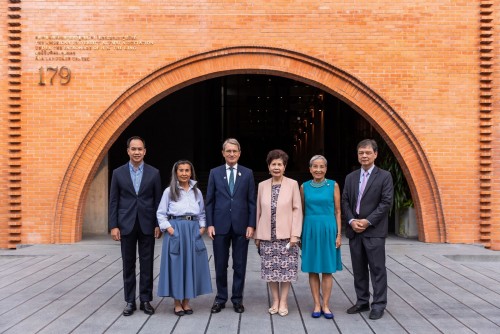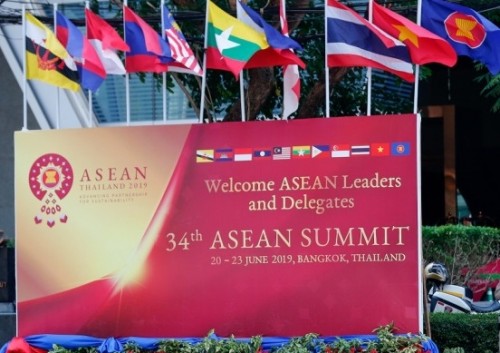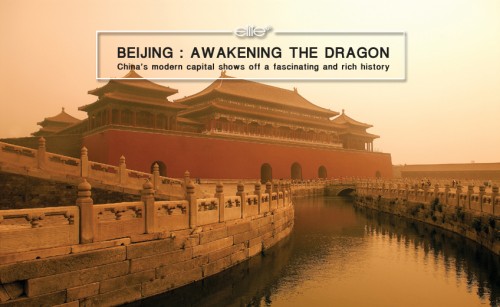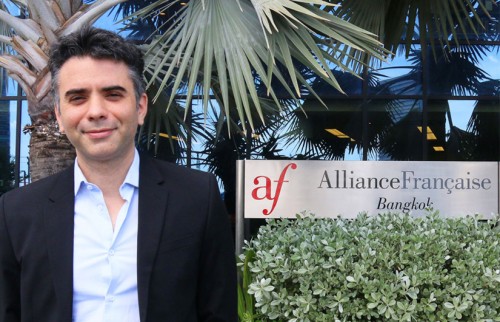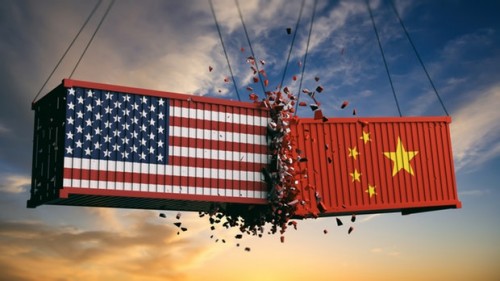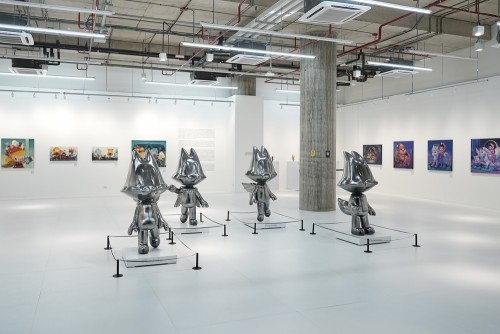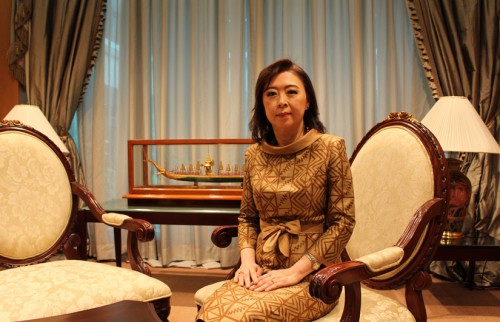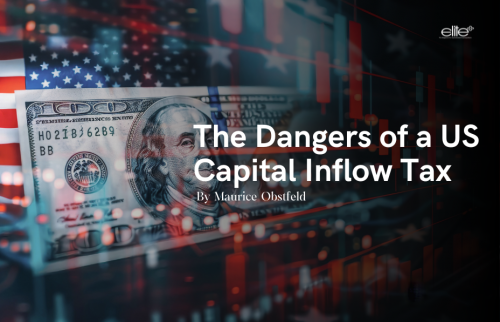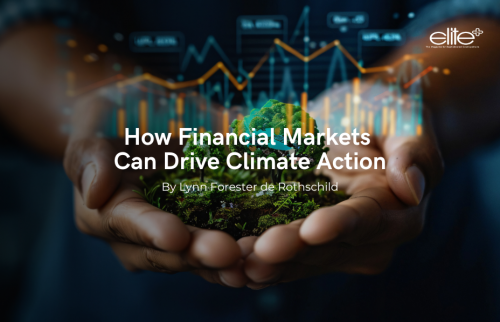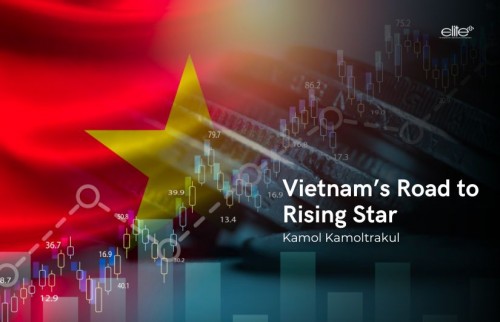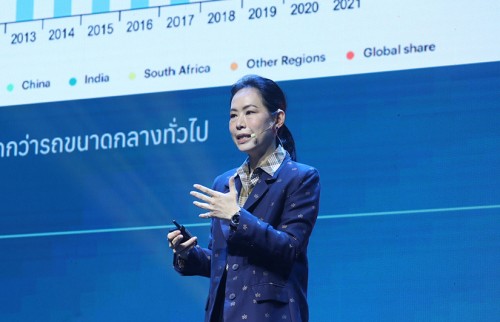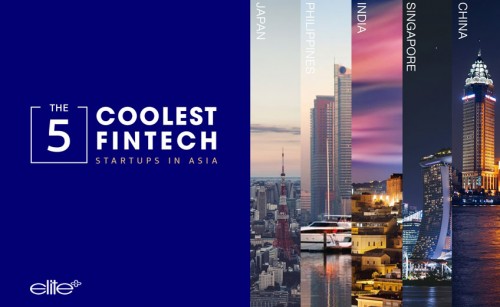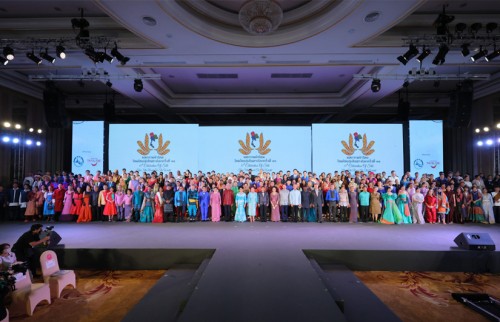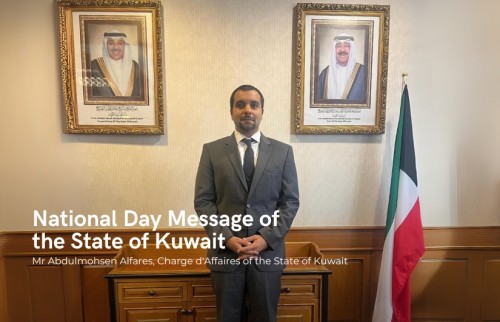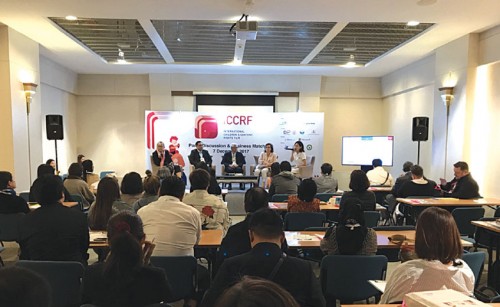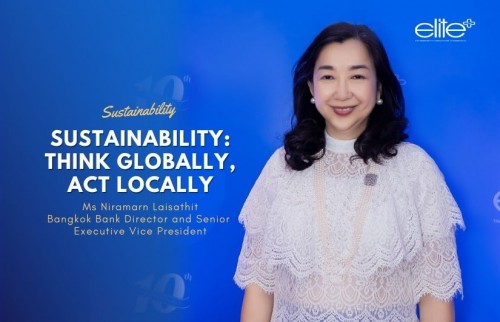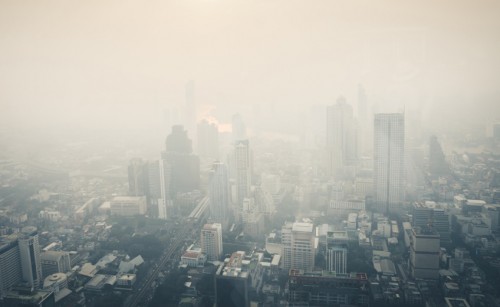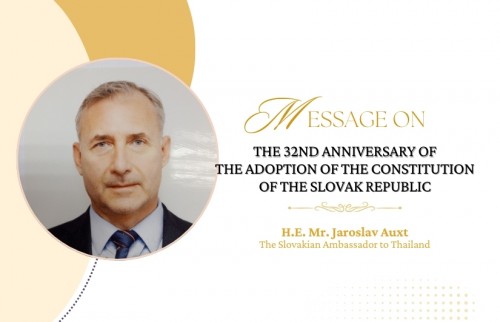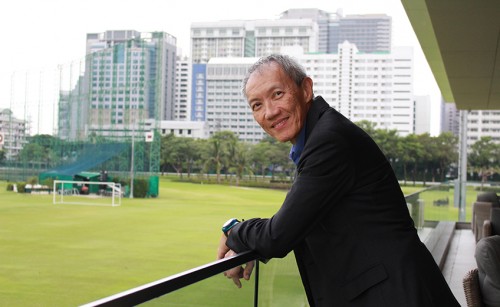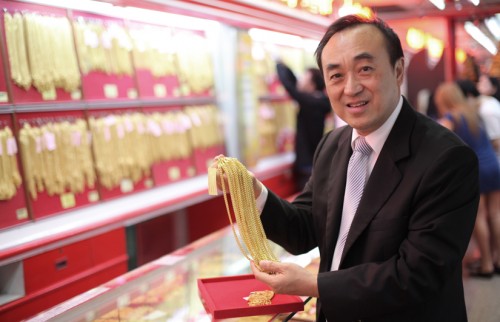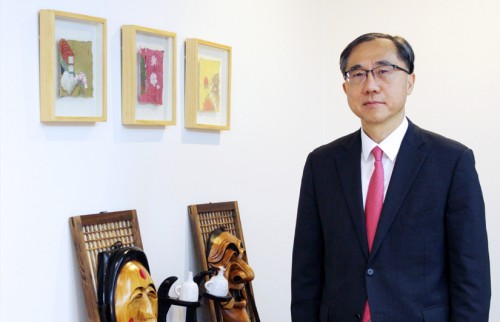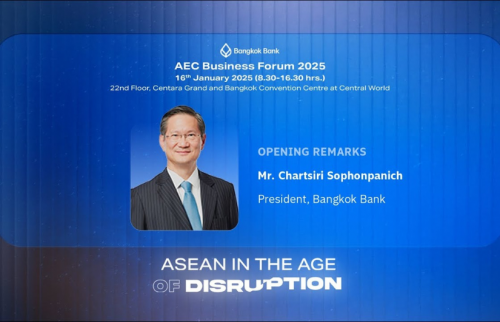Trump’s Wind of Change Policy
By Kamol Kamoltrakul
The world is closely watching to see what kind of storm Donald Trump will bring after he is sworn in as the 47th President of the United States at noon on Monday, 20 January 2025. The inauguration will take place at the US Capitol in Washington, D.C., organised by the Joint Congressional Committee on Inaugural Ceremonies, which is responsible for planning and executing the 60th Inaugural Ceremonies.
During his campaign, Trump vowed to end the war in Ukraine after Inauguration Day. He also made numerous promises, including repealing Obamacare, the Affordable Care Act, and initiating mass deportations of migrants.
In his final message on the eve of Election Day, Trump promised greatness if elected. Throughout the campaign, he repeatedly emphasised a tough stance against China, framing it as America’s primary adversary. He accused Beijing of unfair trade practices and intellectual property theft as well as a lack of accountability regarding the COVID-19 pandemic. Trump outlined plans to “bring jobs back to America” and reduce economic dependencies on China, aiming to strengthen domestic production and manufacturing.
The world anticipates a wind of change as Trump begins his second term as President. However, opinions are divided among analysts. Joseph Liow, dean of the College of Humanities, Arts, and Social Sciences at Nanyang Technological University (NTU) in Singapore, told TIME: “Trump is not governed by an overall philosophy of foreign policy. Relationships and history matter less; short-term cost-benefit considerations matter more. He is driven much more by threats than by opportunities. Processes and events such as UN General Assembly meetings, APEC meetings, and G-7 meetings hold little value to him.”
Ben Bland, director of the Asia-Pacific Programme at London-based think tank Chatham House, echoed this sentiment, telling TIME: “In Asia, as elsewhere, Trump will be unpredictable because that is both his nature and his modus operandi.”
Kevin Chen, associate research fellow at NTU’s S. Rajaratnam School of International Studies (RSIS), added: “He might say one day that he wants to support our allies in the region, but the next day, he might decide, ‘I think we’ve paid too much.’”
In 2018, Trump launched a trade war against China by imposing tariffs on hundreds of billions of dollars’ worth of Chinese goods. He has vowed to double down on tariffs during his next term, despite claiming to have had a “very strong relationship” with Chinese President Xi Jinping. Trump has expressed a desire to “have a good relationship with China,” although his policies suggest otherwise.
Frank Levin, a Visiting Fellow at the Hoover Institution, stated on Twitter: “In sum, business as usual will not be business as usual over the next four years. The leadership in Asia would be well-advised to get ahead of these changes rather than wait and hope for a better outcome.”
Southeast Asia, a critical hub in global supply chains and a major player in international trade, faces significant challenges with the expected policy shifts. The region is also the world’s second-largest destination for foreign investments and a focal point in the US-China strategic rivalry. If Trump raises tariffs on US allies in Southeast Asia, American consumers may face higher living costs.
The America First Doctrine
A formidable challenge to Trump’s “America First” doctrine is the rise of the BRICS economic bloc. By the end of 2024, BRICS’ share of global GDP (measured by purchasing power parity) is projected to reach 36.7%, surpassing the 30% share held by the Group of Seven (G7). Russian President Vladimir Putin highlighted this during the expanded BRICS summit in Kazan in October, noting that BRICS nations are expected to grow at an average rate of 3.8% in 2024-2025, compared to global GDP growth of 3.2%-3.3%.
Back in 1992, the G7 countries accounted for 45.5% of global GDP while BRICS held only 16.7%. Over the past three decades, this dynamic has shifted dramatically. BRICS has become a primary driver of global economic growth, and its influence is expected to continue rising. Starting on. The first of January, nine additional countries—Belarus, Bolivia, Indonesia, Kazakhstan, Thailand, Cuba, Malaysia, Uganda and Uzbekistan—will join BRICS as full members.
Trump faces two choices: confront BRICS, which is expanding rapidly, or adopt Biden’s approach of coexistence with China and BRICS. During a meeting in Woodside, California, on 15 November 2023, Biden told Xi Jinping: “We have to ensure that competition does not veer into conflict.”
Xi responded: “Planet Earth is big enough for both our countries to succeed.”
However, Trump’s enthusiasm for tariffs, which he called “the most beautiful word in the dictionary”, could spell trouble for the region. His proposed tariffs—10-20% on all imports and 60% on imports from China—would disrupt global trade and economic growth, severely undermining the rules-based international trading system that has underpinned Southeast Asia’s prosperity for decades. Oxford Economics projects that such tariffs could result in a 3% decline in exports from Asia (excluding China) to the US and an 8% drop in US exports to Asian economies.
Nevertheless, influential business figures in Trump’s inner circle, such as Elon Musk, who have significant investments in China, may temper his stance toward Beijing.
















